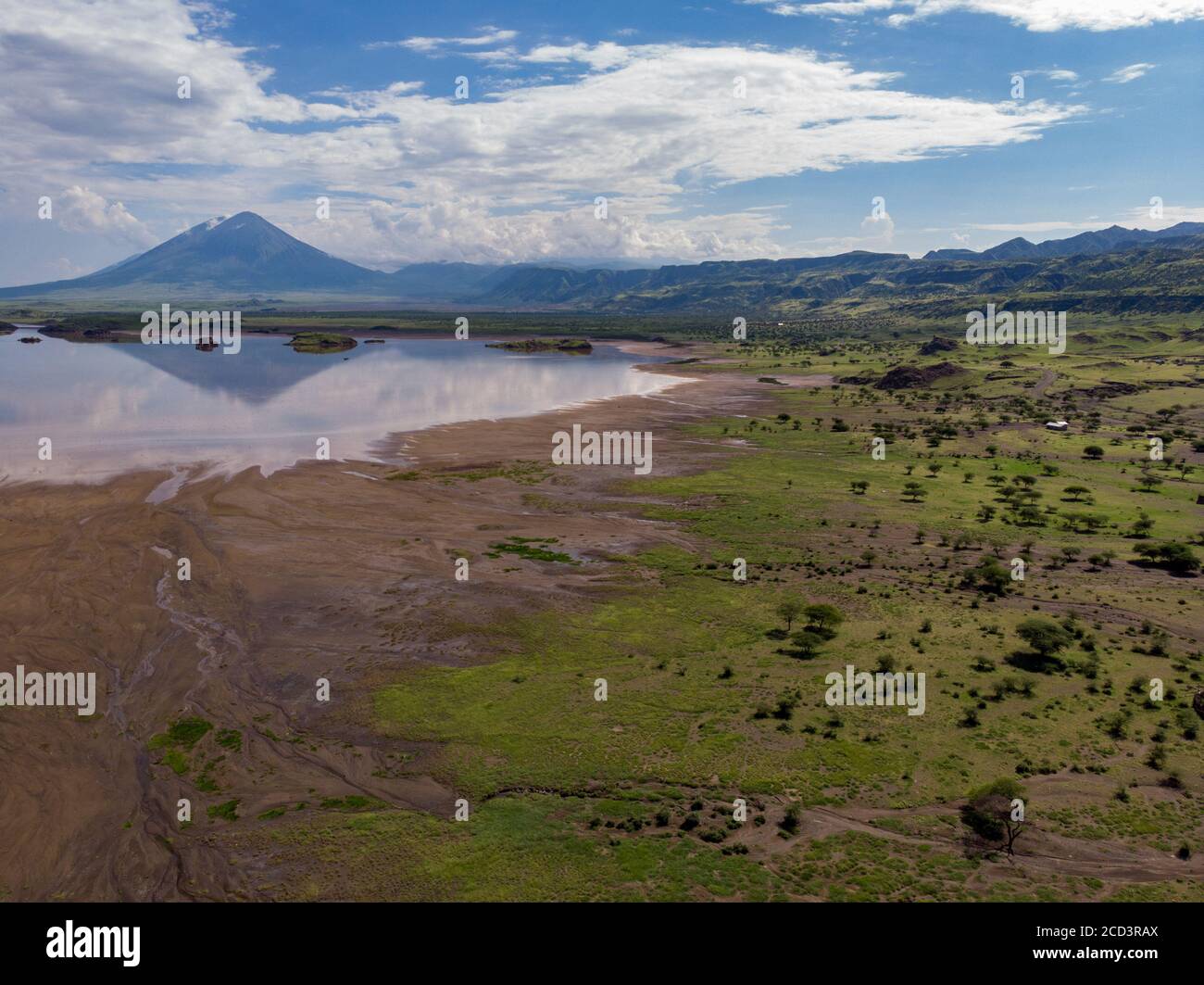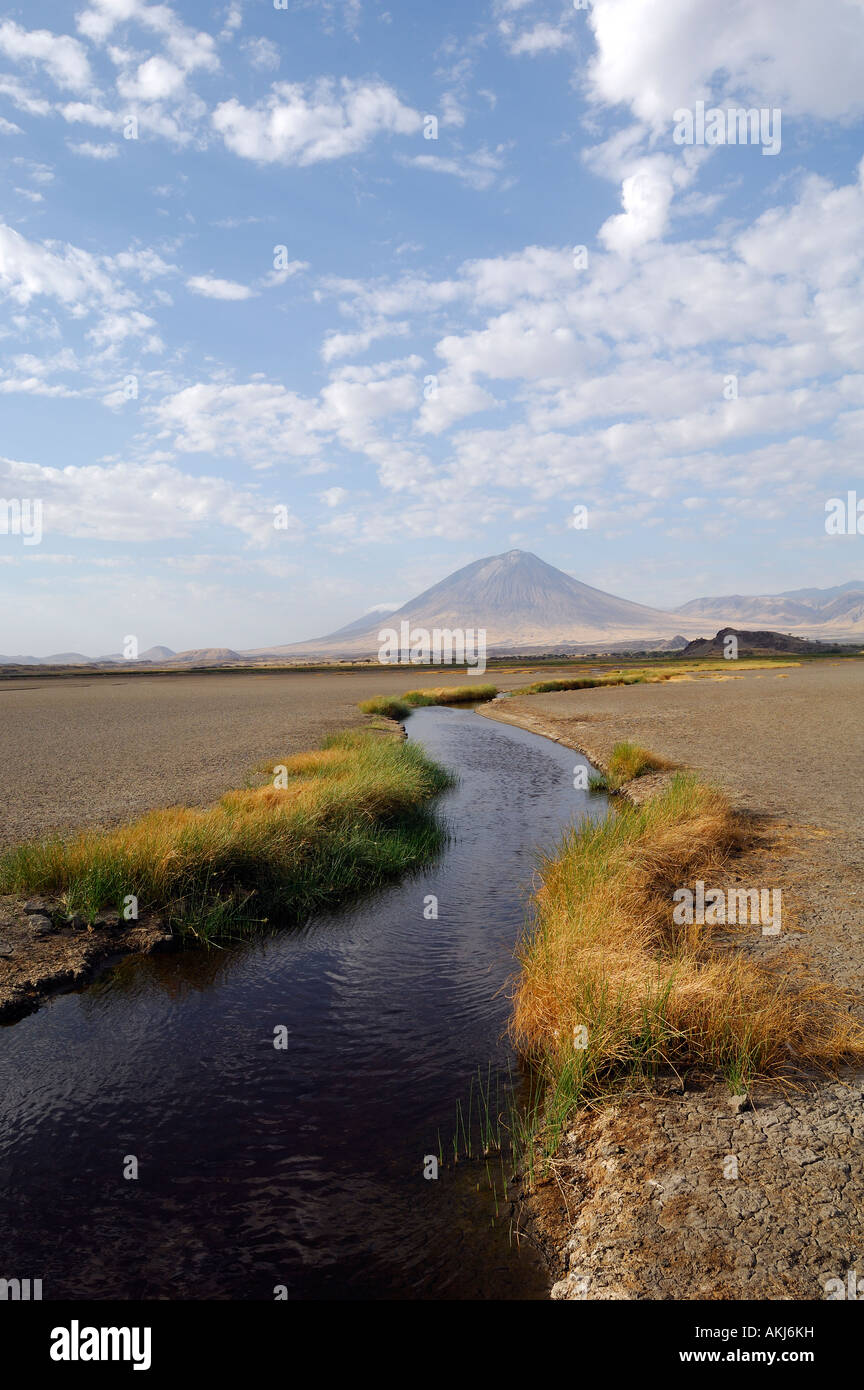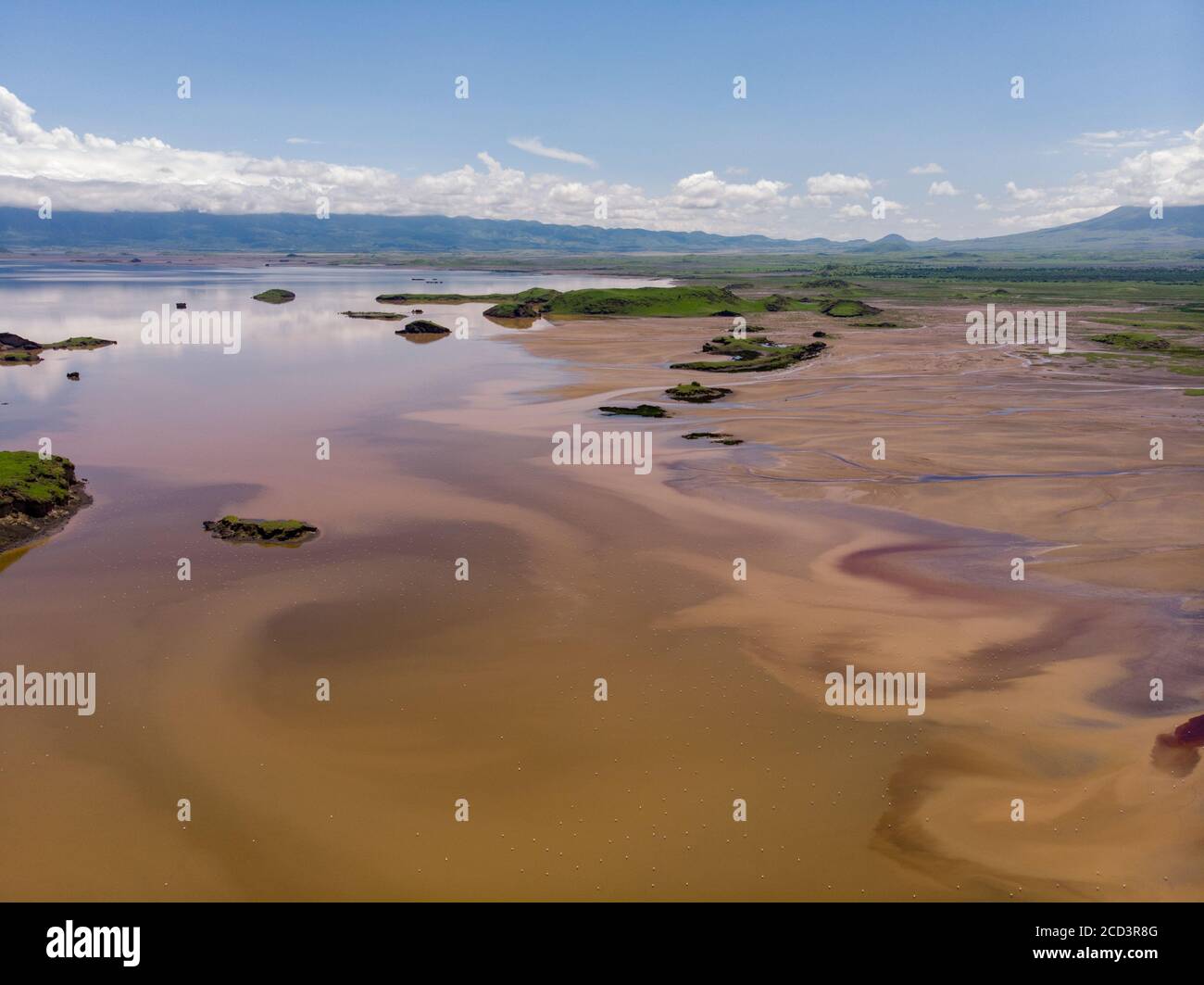Have you ever wondered about the earth's hidden scars, the colossal gashes that shape continents and cradle some of the worlds most stunning landscapes? The Great Rift Valley, a geological masterpiece stretching thousands of kilometers, is a testament to the planet's restless nature, a place where tectonic plates are slowly tearing apart, creating a landscape of dramatic beauty and scientific intrigue.
The concept of a rift valley might seem abstract, a term reserved for geologists and earth scientists. However, the reality is far more tangible. A rift valley is, at its simplest, a lowland region formed where the Earth's tectonic plates move apart, a process known as rifting. This geological phenomenon, occurring both on land and beneath the ocean, has profound consequences, shaping not only the physical landscape but also influencing climate patterns, biodiversity, and even the course of human history. The Great Rift Valley, perhaps the most famous example, offers a window into this fascinating world. It's a series of contiguous geographic depressions that spans an incredible distance, from the southern Turkish Hatay province in Asia, through the Red Sea, and down to Mozambique in southeast Africa. This immense valley, the "Bonde la Ufa" in Swahili, is a testament to the planet's ongoing geological drama.
Freshwater drained and collected in some of these rift valleys, creating lakes. Lake Superior, for instance, rests atop one of the oldest and deepest rift valleys in the world, a relic of ancient geological events. Similarly, Lake Tanganyika, the largest and deepest of the rift valley lakes, and the second deepest freshwater lake on the planet, provides a vital ecosystem and a stunning vista. But the story is not always one of success. Sometimes, the rifting process halts, as happened with a rift in the past. The continent remains intact, and the rift arms fail to open up a new ocean.
- Unveiling The Nationality Of Bill Gates Soninlaw
- Is Jordan Petersons Daughter Really A Psychologist Uncovering The Truth
The East African Rift Valley, a significant part of the larger system, provides a particularly compelling example. This region, stretching from north to south through Tanzania, showcases the dramatic effects of tectonic forces. It begins in the north, encompassing areas like Arusha and Manyara, and extends through the central region, including Singida and Dodoma, before continuing south to Mbeya, where it converges with the Western Rift Valley at a triple junction. This complex geological activity has given rise to some of Africa's highest mountains, including the iconic Mount Kilimanjaro, Mount Kenya, and Mount Margherita, all standing majestically on the rift's edge. The landscape is constantly being reshaped, bearing witness to the planet's raw power. The Gregory Rift, the eastern branch of the East African Rift, hosts Lake Natron, a salt or alkaline lake near the border of Tanzania and Kenya, adding to the diverse geological tapestry of the area.
The Great Rift Valley is a region of incredible biodiversity, where wildlife thrives. The Maasai people are allowed to live there, adding to the region's cultural richness. The area is filled with seasonal shallow endorheic salt lakes like Lake Eyasi, located on the floor of the great rift valley. These lakes can almost dry up in the dry season. Lake Natron, a salt lake with dramatic origins, owes its chemistry to nearby volcanoes, specifically the active Ol Doinyo Lengai. Volcanic ash and minerals are washed into the basin by seasonal rains, enriching the water with sodium carbonate and other alkaline compounds. Lake Tanganyika, situated within the western branch of the East African Rift, is a haven for aquatic life, with a remarkable richness of crustaceans and freshwater snails. The lake also hosts many endemic species, making it a critical location for scientific research.
The region also offers stunning views of the active volcano Oldoinyo Lengai. The views are spectacular, with the active volcano oldoinyo lengai dominating the foreground. The area has the vast rift valley escarpments in Tanzania, forming spectacular cliffs that are ideally a perfect backdrop for some of the most beautiful sceneries and exciting tourism activities. These are large slopes with cliffs, hills, and valleys through which several offer amazing hiking routes.
But what exactly is a rift valley? Essentially, it's a lowland region that forms where the Earth's tectonic plates move apart, or "rift." Rift valleys are found both on land and at the bottom of the ocean. The East African rifts, for instance, are believed to have attained their present form mainly as a result of earth movements during the Pleistocene epoch, roughly 2.6 million to 11,700 years ago. The formation of the lakes followed, adding to the unique characteristics of the landscape.
Rift valleys are not uniform. For example, two arms of the Great Rift Valley, the western and eastern rifts, were forced to part around the Lake because it sits on a formation called the Tanzania craton. A craton is a block of rock a billion or more years old, too hard and thick to be split by rifting.
The Ethiopian Rift Valley is also an area of interest, with lakes like Lake Abaya and Lake Chamo providing insights into the diverse landscapes shaped by rifting. Most of the Ethiopian Rift Valley lakes do not have an outlet and are alkaline.
The Great Rift Valley offers incredible opportunities for tourism and exploration. From slow safaris and wildlife management areas to visits to the Serengeti and Ngorongoro Crater, the region promises unique experiences. Morona Hill Lodge offers the finest luxury lodges and service available in Tanzania, with beautiful views over Lake Manyara and the Great Rift Valley. Hiking along the rift wall also provides spectacular views.
| The Great Rift Valley: Key Facts | |
|---|---|
| Definition | A series of contiguous geographic depressions, approximately 6,000 to 7,000 kilometers long, formed where Earth's tectonic plates move apart. |
| Location | Runs from the southern Turkish Hatay province in Asia, through the Red Sea, to Mozambique in southeast Africa. |
| Formation | Result of earth movements, primarily during the Pleistocene epoch. |
| Notable Features |
|
| Significance |
|
| Examples of Lakes |
|
| Reference | Wikipedia: Great Rift Valley |



Detail Author:
- Name : Eryn Shields PhD
- Username : raltenwerth
- Email : crath@yahoo.com
- Birthdate : 1999-12-05
- Address : 504 Kiley Points Apt. 215 Turnershire, DE 46158-7254
- Phone : 820-699-1124
- Company : Armstrong, Greenfelder and Hills
- Job : Preschool Education Administrators
- Bio : Magnam ducimus qui aliquid beatae. Non suscipit eum repudiandae odio illo voluptatem rerum vel. Ipsum omnis reprehenderit distinctio amet ut deleniti dolor.
Socials
facebook:
- url : https://facebook.com/stephany_quigley
- username : stephany_quigley
- bio : Saepe pariatur in voluptate doloribus deserunt.
- followers : 3687
- following : 1191
tiktok:
- url : https://tiktok.com/@stephanyquigley
- username : stephanyquigley
- bio : Delectus laboriosam accusamus ut qui inventore ea.
- followers : 6067
- following : 2734
linkedin:
- url : https://linkedin.com/in/stephanyquigley
- username : stephanyquigley
- bio : Est velit et in et.
- followers : 1210
- following : 2212
twitter:
- url : https://twitter.com/stephany_quigley
- username : stephany_quigley
- bio : Neque minus tempore et sit. Ratione aliquid in ipsum dolores veniam. Aperiam autem corporis voluptatibus quos quis odio voluptatem.
- followers : 2335
- following : 1603
instagram:
- url : https://instagram.com/stephany_id
- username : stephany_id
- bio : Possimus ut autem ad quod quo non earum. Nemo ut porro harum vitae ad culpa minima.
- followers : 1117
- following : 2412